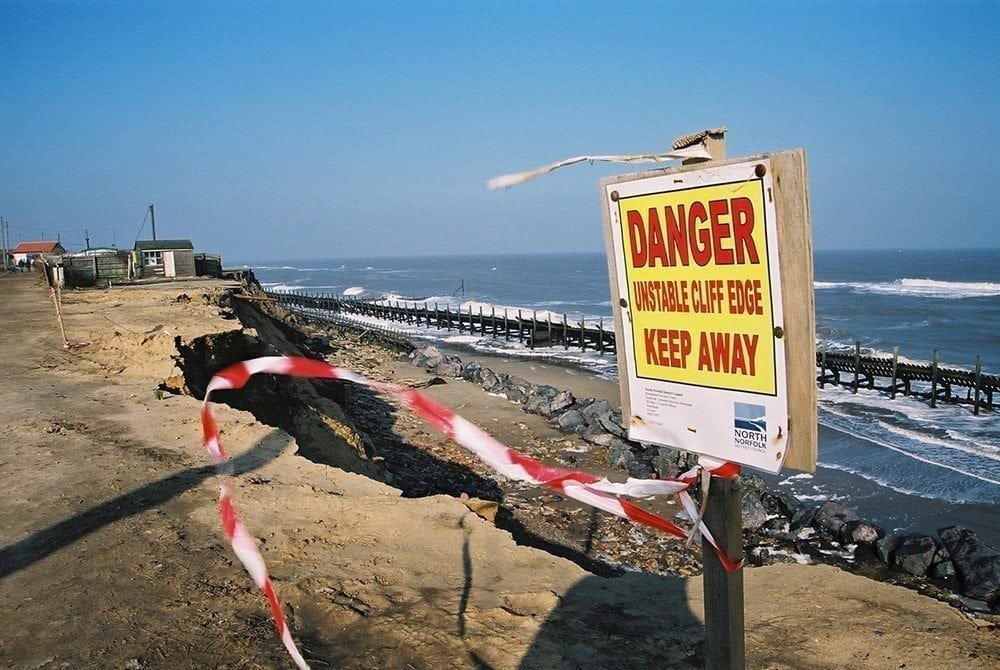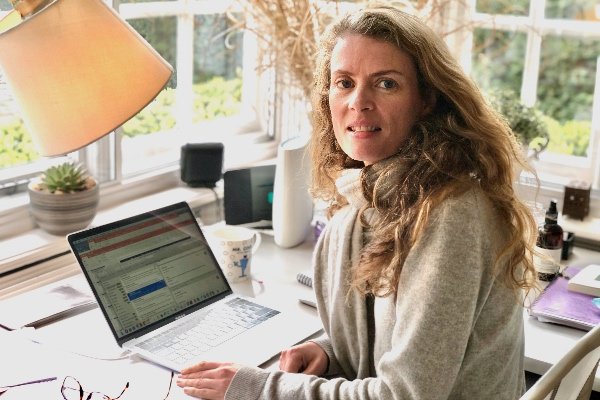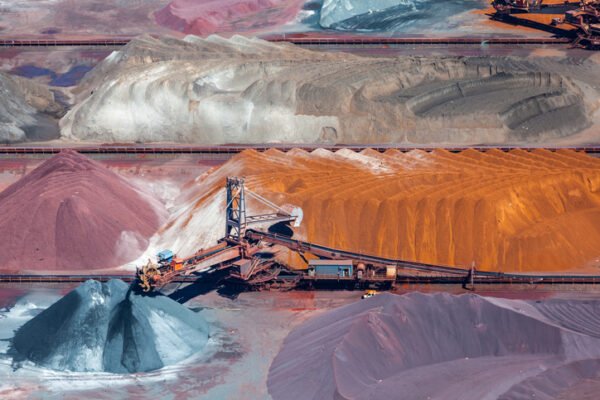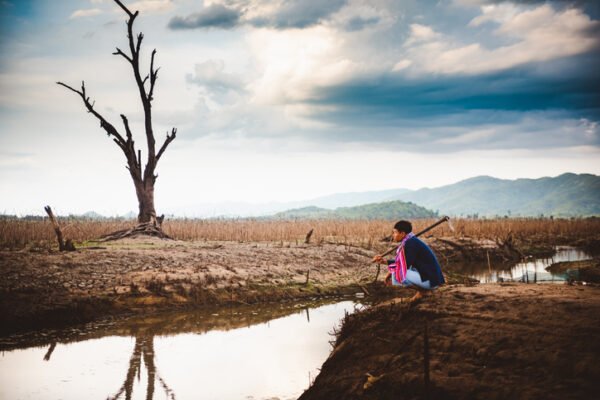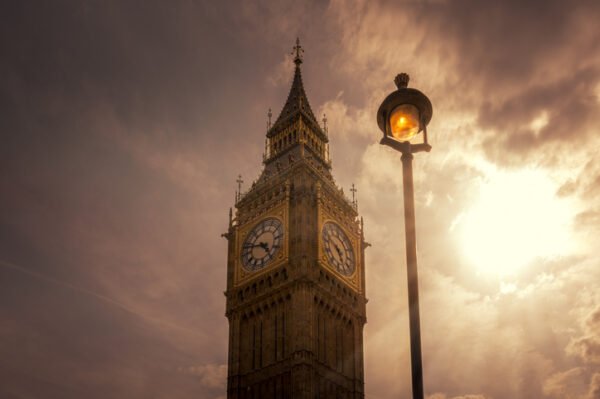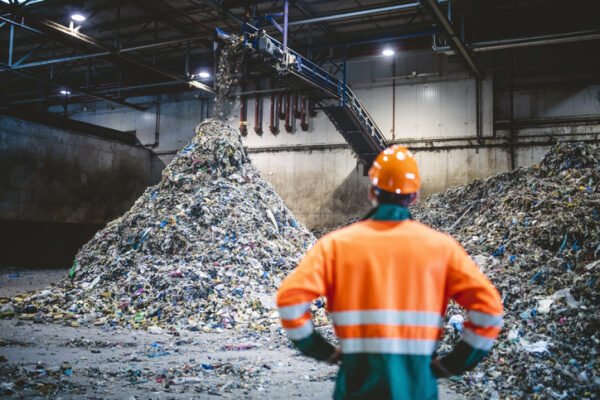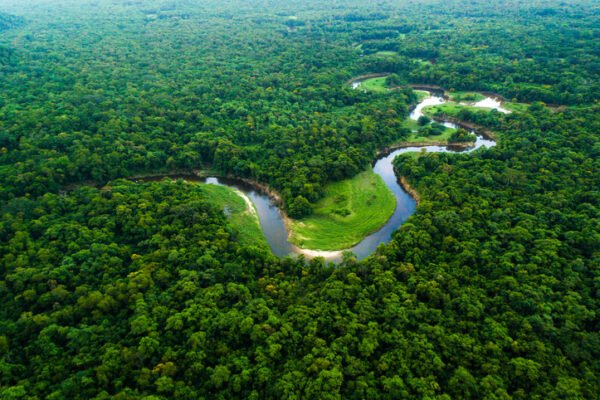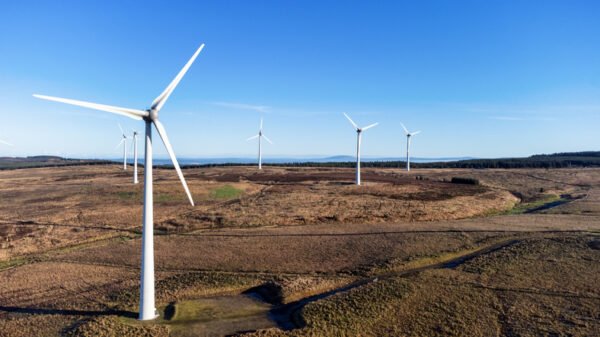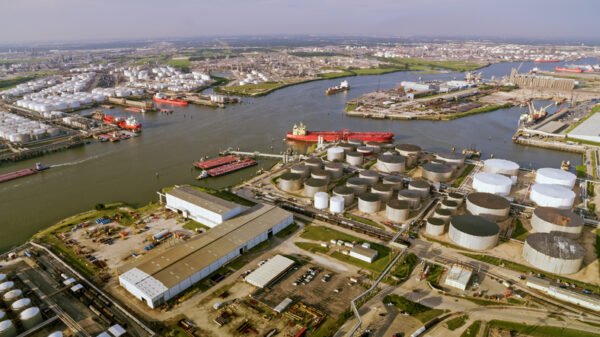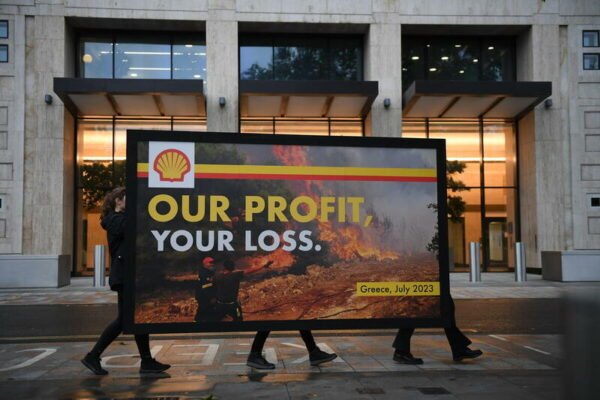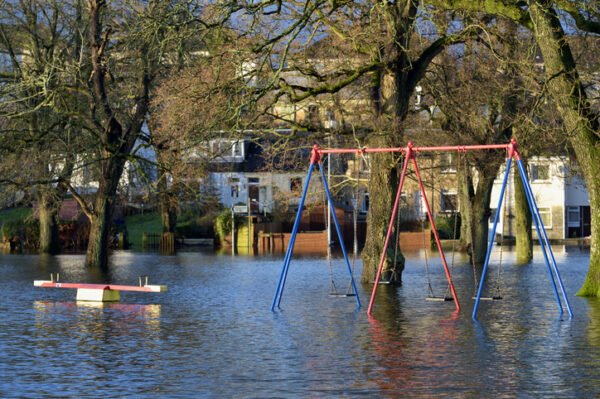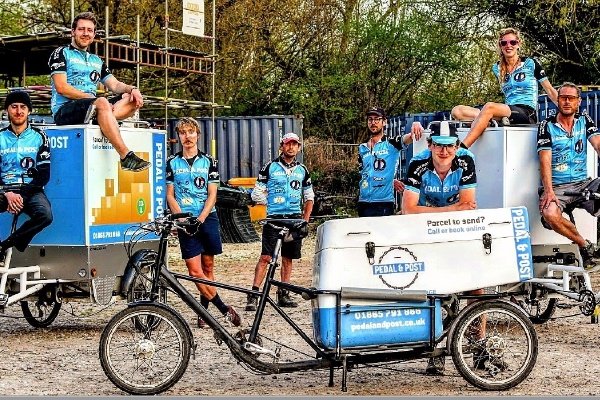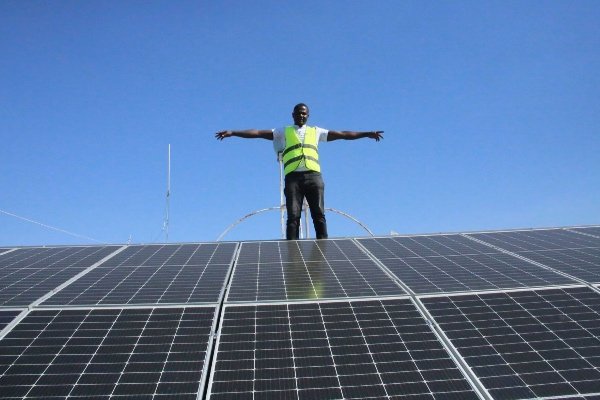Across the world the weather and climate remind us – with deadly ferocity – that the issue has not and will not go away. On the 8th January, David Cameron said, ‘We are seeing more abnormal weather events, I suspect that these are related to climate change. We need to invest in flood defences, we need to invest in mitigation and it makes sense to get information out better’.
The latest IPCC Reports and other peer reviewed science clearly demonstrate that the climate system is now almost definitely ‘locked in’ to breaching the 2°C threshold of dangerous climate change within the next 100 years. Furthermore, there is an ever- increasing likelihood of a rise in global temperature above 4°C, driven by growing greenhouse gas emissions. The global concentration of carbon dioxide is now above 400 parts per million – at the start of the industrial revolution it was 280 parts per million.
Population growth, resource scarcity and a constant drive for social and economic development already provide a full house of global challenges for humanity; climate change is fast proving the joker in the pack, adding an extra layer of uncertainty and difficulty onto an already strained world populace. A recent litany of devastating heatwaves, floods, droughts and eroding coastlines have led to the loss of livelihoods and some spectacular – and costly – failures of major infrastructure worldwide.
A new global imperative
Prior to climate negotiations at Copenhagen in 2009, and a spectacular failure to achieve a global deal on greenhouse gas emission reduction, the idea of adapting to the impacts of climate change was seen as somewhat defeatist. In recent years, however, the cost and frequency of extreme weather events is requiring politicians, businesses, communities and individuals to take note of the need to adapt and build resilience to climate change. Although a strong push for a belated global treaty on emissions is due to be agreed in Paris in 2015, the concept of climate change adaptation looks set to be an increasingly important aspect of achieving this goal. At the last UNFCCC talks in Warsaw in November, developing countries began to put pressure on developed countries to compensate losses experienced as a result of climate change. They are pushing for ‘loss and damage’ to be included in negotiations, a clear demonstration that any global climate deal will need to finance climate resilience.
The most climate sceptic banker will sit up and take note when a billion pound investment is wiped out by a flood, hurricane or storm surge.
Organisations such as the World Bank have estimated that the costs of adaptation will soon reach $100bn a year. Events like the recent Typhoon Haiyan in the Philippines have starkly illustrated that climate-related natural disasters have the potential to overwrite decades of development efforts; the tab for disaster recovery efforts is often picked up by foreign and international aid budgets which would otherwise have been spent on fostering economic development.
Fortunately, numerous global finance and aid institutes are beginning to respond in a big way. These include the International Finance Corporation (IFC) and African and Asian Development Banks, as well as national aid agencies such as the UK’s DfID and German KfW. All of these organisations have committed hundreds of millions, sometimes billions of dollars of funding for climate change adaptation over the coming years. Many are also stipulating that climate adaptation be considered in all of their project funding decisions.
In the US, events such as Superstorm Sandy, which resulted in costs of over $80bn, have helped shake decision-makers to leapfrog the thorny debate over manmade climate change, and take action under the banner of ‘Climate Resilience’. Fourteen states have already produced adaptation plans, and cities such as New York are devoting resources — and even setting up departments — to deal specifically with climate adaptation. The White House has also set up an Interagency Climate Change Adaptation Task Force, which is recommending ways to better prepare the nation for climate change.
The EU has gone even further, committing a fifth of its trillion-euro budget for the next six years to climate change, including both mitigation and adaptation on top of a requirement for all its members to produce climate adaptation plans. The most recent country to recognise its vulnerability to climate change and the need to respond was China, which announced in December that it has produced a nationwide blueprint for climate change adaptation, led by its economic planning agency.
 Play Video about This Rock Might Just Save The World
Play Video about This Rock Might Just Save The World Play Video about Play 2 hours of rock
Play Video about Play 2 hours of rock Play Video about Play 2 hours of brook
Play Video about Play 2 hours of brook Play Video about Play 2 hours of sheep
Play Video about Play 2 hours of sheep

















